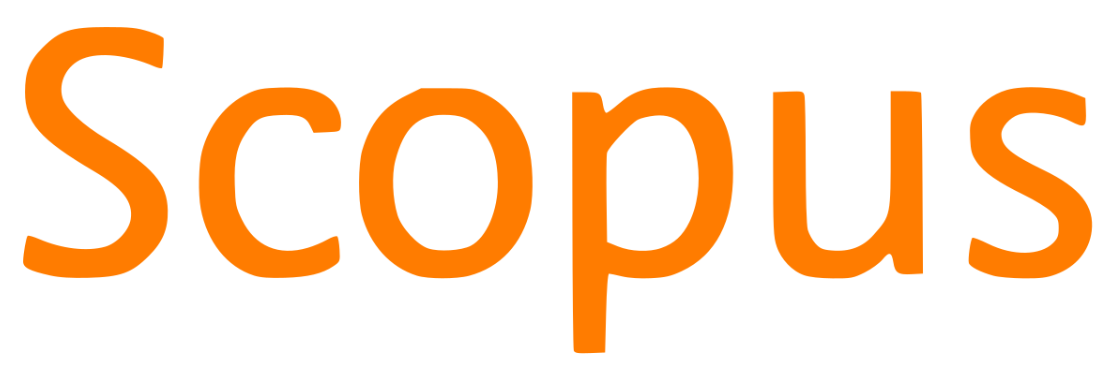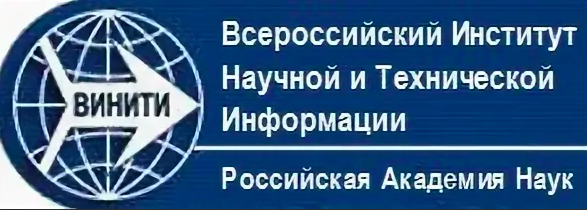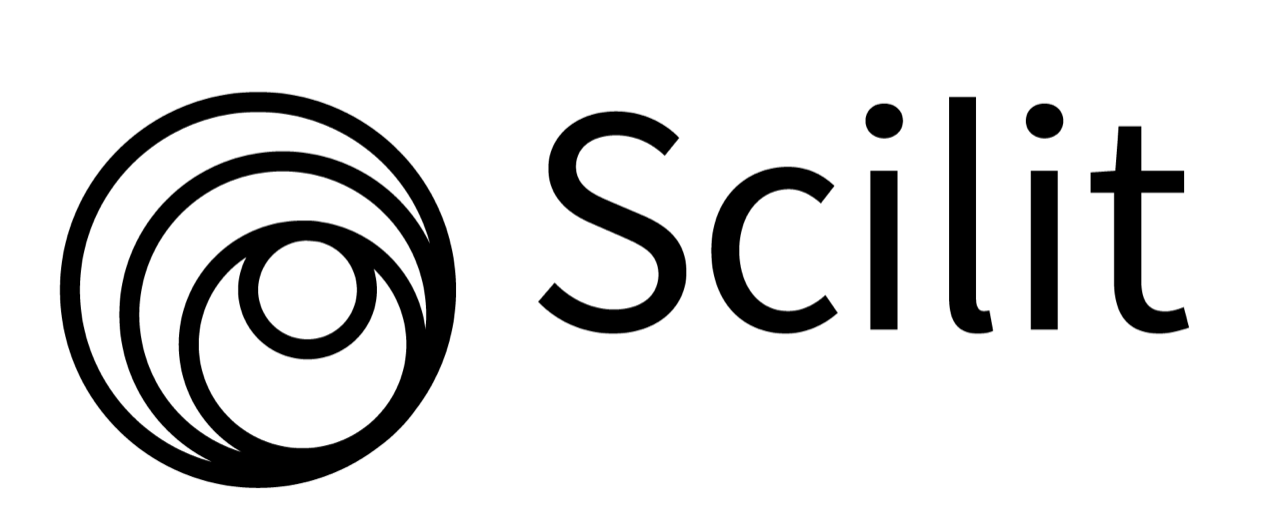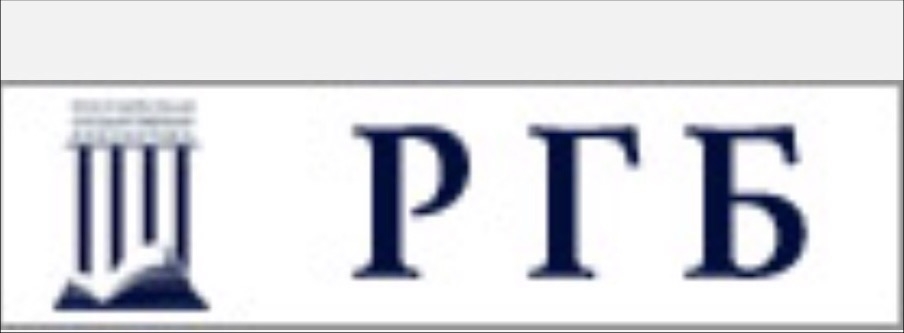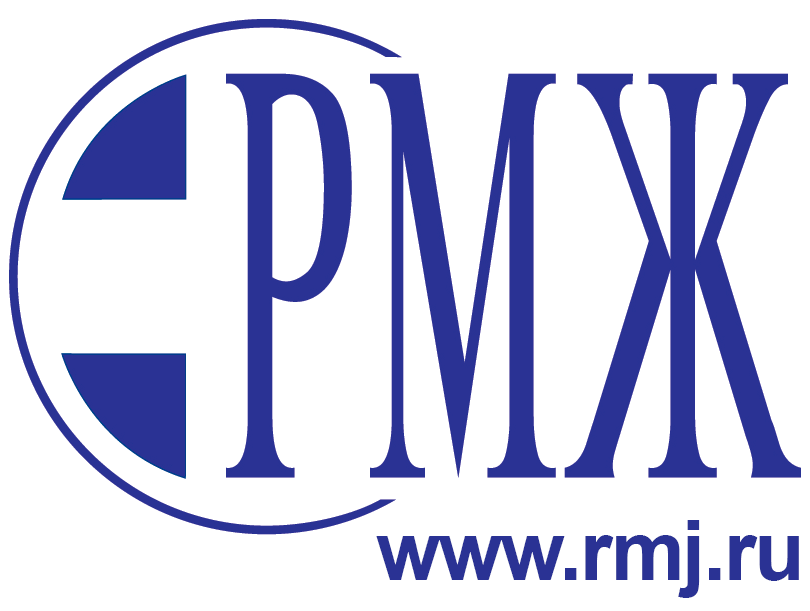Guides for authors
«Russian Medical Inquiry» publishes original and review articles on topical problems of medicine.The articles should not have been previously published and should not be concurrently considered for publication elsewhere. An article is published after being approved by the editorial board and reviewers of RMJ. Articles approved by the reviewers and the editorial board are printed at no charge to authors. On a commercial basis, information and/or promotional materials of domestic and foreign advertisers are placed in the journal.
The articles should include the title, abstract, text, reference list, tables, illustrations, and captions for illustrations.
Front page should contain:
1) The title of the paper. The title should not use acronyms, abbreviations, and trade (commercial) names of drugs and medical equipment;
2) The initials and last name of the author(s), their academic title and position.
3) The full name of their place of work (department, laboratory), in which the work was performed, as well as the full postal address of the institution;
4) Contact information - full name, phone number and e-mail address of the corresponding author. Further, the information described in points 1-4 is duplicated in English. The English names of institutions should not indicate their full state status, omitting terms such as a federal institution, state, budgetary, educational, curative, preventive, commercial, etc.).
5) Sources of funding in the form of grants, equipment, medicines or all of the above, as well as a report on a possible conflict of interest.
Abstract should contain at least 250 words for original articles and at least 150 words for reviews and be structured, i.e. to follow headings of the article: purpose, methods, results, conclusion. The abstract of the literature review is not structured.
Below the abstract the key words (about 10) are placed, assisting the indexing of the article in the information retrieval systems. The emphasis should be on new and important aspects of research or observations.
The text part of the manuscript should be as simple and clear as possible, without long historical introductions, unreasonable repetitions, neologisms and scientific jargon. To designate drugs need to use international nonproprietary names. You can find out the name of the medicine at www.regmed.ru. A maximum sequence of presentation of the material is necessary with a clear distinction of the results obtained by the author fr om the corresponding literature data and their interpretation. Thus it is recommended to adhere to the following scheme of presentation:
a) the introduction and aim; b) material and methods; c) the results; d) discussion; e) conclusions g) references.
All parts of the manuscript should be printed in 1.5 intervals, font - Times New Roman, font size – 12. The article should not exceed 10 pages or 24 000 characters with spaces. The total number of pages/characters includes drawings and tables but excludes references list. On average, 1 table or 1 figure is equivalent to 1500 characters with spaces, i.e. if there are pictures and tables in the article, the text part should be reduced by the specified number of characters.
The introduction should briefly indicate the state of the problem, the relevance of research to formulate the purpose of work and justify the need for the study or observation. Only those works that are directly related to the subject should be mentioned, do not include data or conclusions that will be presented in the article.
When describing materials and methods of research elaborate on the selected patients or experimental animals for observation and experiments (including those in the control group) to indicate their age, sex and other characteristics affecting the results, describe the methods, apparatus (in brackets it manufacturer and country or city), as well as all treatments in sufficient detail to allow other researchers to reproduce the results. Description of generally accepted methods, including statistics should be limited to the references. It is necessary to specify exactly all drugs and chemicals, the dose and route of administration. Trade name of the drug company and the manufacturer can result in this section in brackets after the international nonproprietary name. It is necessary to present the research results in the text, tables and diagrams in a logical sequence, not to repeat in the text data fr om tables or figures, isolated or summarize only important observations. All cited figures and tables should be referenced in the text.
In discussion the results provide new and important aspects of this study, the application of the results obtained, including in further studies, as well as their limitations. The study should be critically compared with other studies in this area.
Conclusions of the work should be linked to the objectives of the study, so as to avoid unwarranted applications not supported by the facts completely. If necessary the end of the article can be summarized as expressing gratitude.
References should be placed at the end of the manuscript text as citation and and execute according Vancouver style (NLM). Sources in the list of references must be strictly specified in the order of citing and numbered in strict accordance with their numbering in the text of the article. The reference in the text of the manuscript, tables and figures on the literary source should be presented in the form of numbers in square brackets (e.g., [5]). The number of references should not exceed the following: review - up to 50, original article - up to 30, clinical case - up to 20, opinion - up to 20. Russian sources should be cited not only in the original language (Russian), but also in English. English-language sources are published in the original language.
For Example, foreign:
Taghavi S.A., Bazarganipour F., Allan H. et al. Pelvic floor dysfunction and polycystic ovary syndrome. Hum Fertil. 2017;20(4):262–267.
Russian language:
Шкурников М.Ю., Нечаев И.Н., Хаустова Н.А. и др. Экспрессионный профиль воспалительной формы рака молочной железы. Бюллетень экспериментальной биологии и медицины. 2013;155(5):619–625. [Shkurnikov M.Y., Nechaev I.N., Khaustova N.A. et al. Expression profile of inflammatory breast cancer. Bulletin of Experimental Biology and Medicine. 2013;155(5):619–625 (in Russ.)].
For the correctness of the bibliographic data presented, the author is responsible.
The list of references should include articles, mainly published in the last 10–15 years in refereed journals, monographs and patents. It is recommended to avoid theses, manuals, works from the collections of papers, proceedings of the conference.
Links to anonymous sources (without author or editor), such as orders, research reports, regulations, instructions for medicines, etc. should be formatted as footnotes not including them to references.
If the article is authored by a group of more than 4 people, the first three authors are listed followed by "et al." If there are four authors, all names are listed.
The reference to a book should be made in the following way: the author's name (authors' names), the title of the work, the place of publication, the publishing house, the year of publication, the number of pages.
Foreign:
Ringsven M.K., Bond D. Gerontology and leadership skills for nurses. 2nd ed. Albany (NY): Delmar Publishers; 1996.
Russian language:
Гиляревский С.Р. Миокардиты: современные подходы к диагностике и лечению. М.: МедиаСфера; 2008. [Gilyarevsky S.R. Myocarditis: modern approaches to diagnosis and treatment. M .: Media Sphere; 2008 (in Russ.)].
For collective monographs and collections,the name of the editor (names of editors) is added. The monograph, written by a team of authors (more than 4 people), is placed in the list by the title of the book. The names of three authors are indicated through the slash after the title indicate, and then put "et al."
Инфекции, передаваемые половым путем. Под ред. Аковбяна В.А, Прохоренкова В.И., Соколовского Е.В. и др. М.: МедиаСфера; 2007. [Sexually transmitted infections. Ed. Akovbyan V.A., Prokhorenkov V.I., Sokolovskiy E.V. et al. M.: Media Sphere; 2007 (in Russ.)].
If a fragment of a larger document is described and there is an indication of a specific issue, volume, part, etc., then they follow after the year of publication. At the end of the description is the range of pages.
Type of document (dis., materials of conf., Encycl., Collection of articles, fav., Etc.) is placed after the title, separated by a colon. There is no space before the colon. One word does not abbreviate ("reference", but "reference manual"; "textbook", but "textbook for universities").
Лешкевич И.А. Научное обоснование медико-социальных и организационных основ совершенствования медицинской помощи детскому и подростковому населению: дис. … д-ра мед. наук. М., 2001. [Leshkevich I.A. Scientific substantiation of medical-social and organizational bases for improving medical care for children and adolescents: thesis. M., 2001 (in Russ.)].
Коняева Т.П. Функционально-морфологические нарушения слизистой оболочки тонкой кишки после острой смертельной кровопотери (экспериментальное исследование) : автореф. дис. … канд. мед. наук. Кемерово, 2005. [Konyaeva T.P. Functional and morphological disorders of the mucous membrane of the small intestine after acute fatal blood loss (experimental study): thesis. Kemerovo, 2005 (in Russ.)].
Electronic publications which have a digital object identifier, or doi assigned by the international organization International DOI Foundation (http://www.doi.org) are described similarly to printed publications, indicating doi without a dot after it. In this case, the URL is not given, since DOI allows one to uniquely identify an object in databases, unlike a network address that can change.
If there is no such digital identifier, then the designation of materials for electronic resources should be indicated (Electronic resource). The electronic address and the date of access of the document on the Internet are always given.
Голубов К.Э., Смирнова А.Ф., Котлубей Г.В. Диагностика и лечение больных с аденовирусным кератоконъюнктивитом. (Электронный ресурс). URL: https://eyepress.ru/article.aspx?20833 (датаобращения: 20.12.2018). [Golubov K.E., Smirnova A.F., Kotlubey G.V. Diagnosis and treatment of patients with adenoviral keratoconjunctivitis. (Electronic resource). URL: https://eyepress.ru/article.aspx?20833 (access date: 12.20.2018) (in Russ.)].
Tables should be clear and compact and contain statistically processed materials. Tables should be created by the means of standard MS-Word or Excel. Each table should be spaced at 1.5 intervals on a separate page and numbered sequentially in the order of the first mention in the text. Each table should have a title and an ordinal number (above the table), corresponding to its mention in the text. Each column in the table should have a short title (one can use abbreviations, deciphered in footnotes). All explanations should be placed in footnotes. Statistical parameters that were used to represent the variability of the data should be indicated. As an alternative to tables with a large number of data the use of graphics is recommended. The name of the table and footnotes should be sufficient for understanding the information presented in the table without reading the text of the article.
Figures should be included in the text as well as submitted as separate files. Figures should meet the following requirements: file extension *.tif, *.jpg, *png, *gif; resolution — not less than 300 dpi (pixels per inch); figure should be cut at the edges of the image; the width of the figure is from 70 to 140 mm, the height is no more than 200 mm.
Charts and graphs should be editable black and white or color. In histograms, it is permissible to alternate a solid fill and pattern (hatching, rhombs, etc.), in the charts well-distinguishable markers and dotted lines should be used. All digital data and signatures must be clearly distinguishable. Each figure should be accompanied by brief captions, which together with the designations given in the figure should be sufficient for understanding the information presented in the figure without reading the text of the article.
The author should save copies of all materials and documents submitted to the editor.
Articles not formatted according to the rules are not considered for publication.
Materials for publication in electronic form should be sent to article@doctormedia.ru

